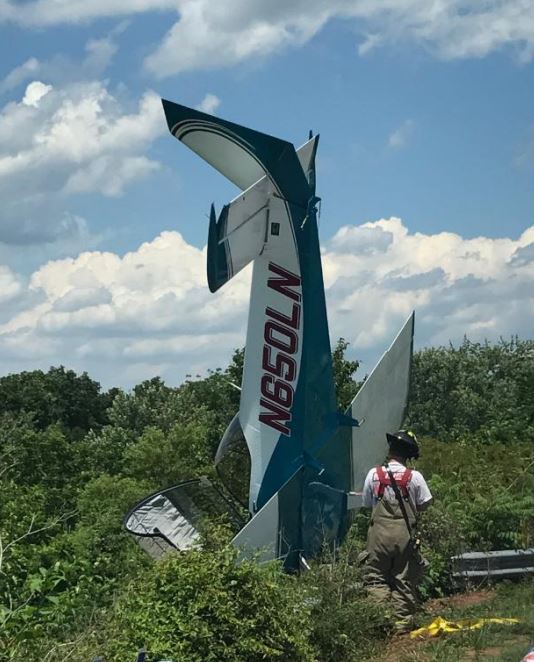
ASN Wikibase Occurrence # 196477
This information is added by users of ASN. Neither ASN nor the Flight Safety Foundation are responsible for the completeness or correctness of this information.
If you feel this information is incomplete or incorrect, you can submit corrected information.
| Date: | Sunday 2 July 2017 |
| Time: | 13:25 |
| Type: |  Zenith CH-650B Zodiac |
| Owner/operator: | Private |
| Registration: | N650LN |
| MSN: | 65-8990 |
| Year of manufacture: | 2016 |
| Total airframe hrs: | 0 hours |
| Engine model: | Continental O-200 series |
| Fatalities: | Fatalities: 0 / Occupants: 1 |
| Aircraft damage: | Substantial |
| Category: | Accident |
| Location: | Lazy B Ranch Airport (0P8), Dover, PA -
 United States of America United States of America
|
| Phase: | Take off |
| Nature: | Test |
| Departure airport: | Dover, PA (0P8) |
| Dover, PA (0P8) | |
| Investigating agency: | NTSB |
| Confidence Rating: |
The accident flight was the first flight of the Phase 1 test period for the experimental amateur-built airplane. The private pilot stated that, during the flight, while on the crosswind leg of the airport traffic pattern, the engine experienced a total loss of power and that he noted that there was no fuel pressure indication or electrical system charge. He unsuccessfully attempted to restart the engine with the secondary electric fuel pump and then maneuvered to land the airplane. The pilot reported that the airplane touched down longer and faster than "normal due to a no flap condition" and that the airplane overran the runway, impacted a fence, and came to rest on its nose. The engine mounts and fuselage were substantially damaged.
According to the pilot, the total loss of engine power resulted from an electrical problem due to the use of a lithium motorcycle battery on the airplane, which was not designed for such use, and to his attempt to charge the battery with a charger that was specifically not recommended for use on lithium batteries. The pilot reported that this likely resulted in the battery having a "low charge" at the beginning of the flight. When the alternator subsequently attempted to recharge the battery during the flight, it overheated the battery, which then shut down and resulted in a loss of electrical power and the subsequent loss of engine power.
Probable Cause: A total loss of engine power as a result of the loss of all electric fuel pumps due to a loss of electric power because of the installation of an improper battery on the airplane and the use of improper charging cables on the battery.
Accident investigation:
 |
|
Sources:
NTSB
FAA register: http://registry.faa.gov/aircraftinquiry/NNum_Results.aspx?NNumbertxt=650LN
Location
Images:

Photo: FAA
Media:
Revision history:
| Date/time | Contributor | Updates |
|---|---|---|
| 03-Jul-2017 02:00 | Geno | Added |
| 03-Jul-2017 06:23 | Iceman 29 | Updated [Time, Embed code] |
| 10-Apr-2019 12:35 | ASN Update Bot | Updated [Time, Operator, Nature, Departure airport, Destination airport, Source, Narrative, Accident report, ] |
| 10-Apr-2019 12:49 | harro | Updated [Aircraft type, Nature, Source, Narrative, Photo] |
Corrections or additions? ... Edit this accident description
The Aviation Safety Network is an exclusive service provided by:


 ©2024 Flight Safety Foundation
©2024 Flight Safety Foundation